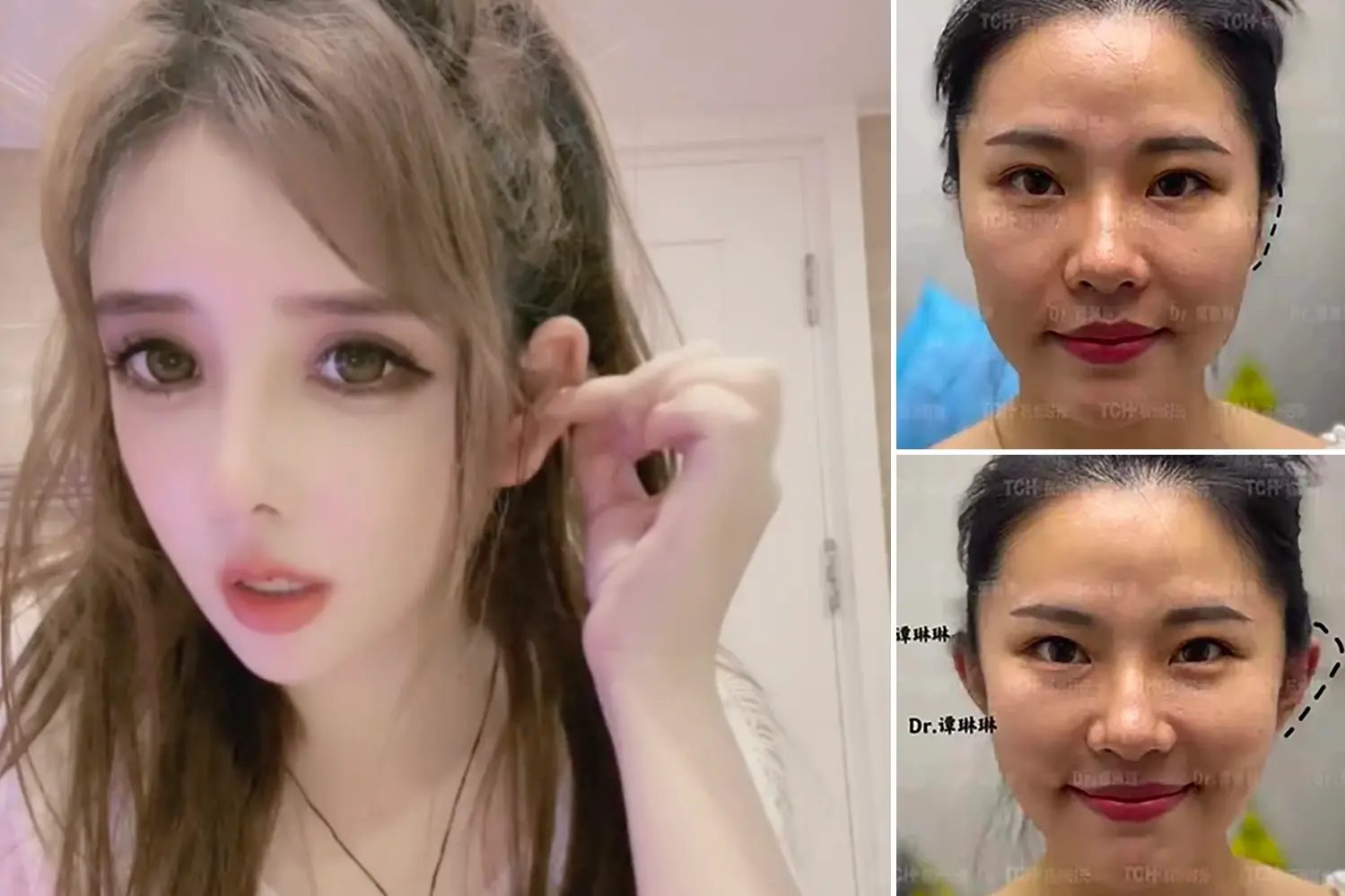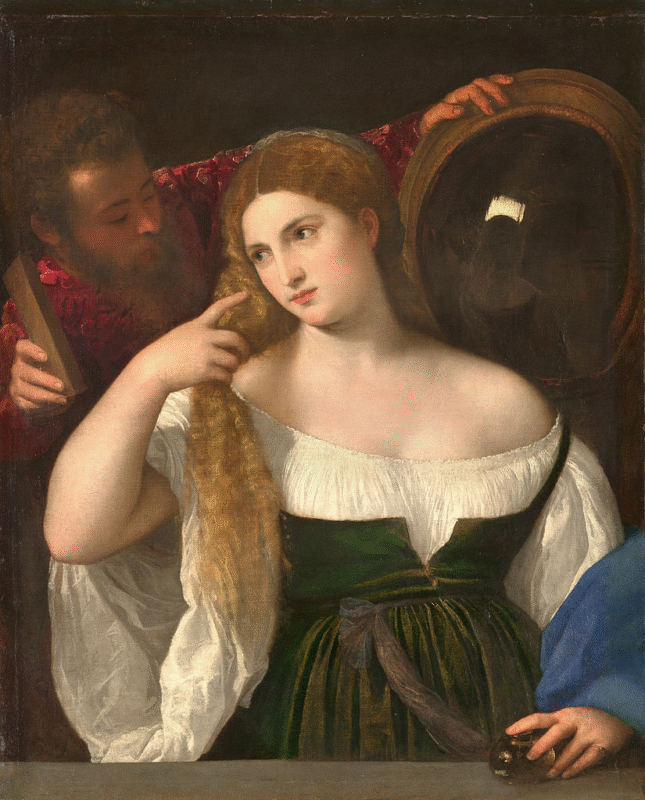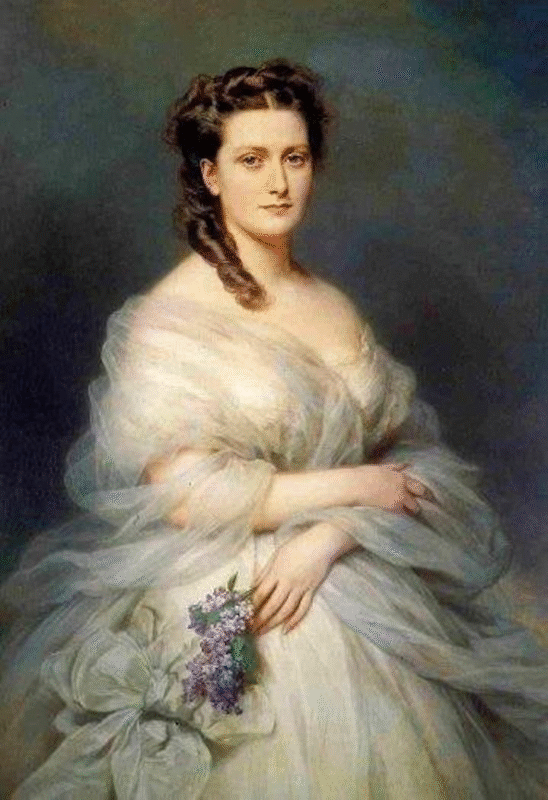Asian plastic surgeries – out of control

Different times and different cultures influence the standards of beauty. History shows us trends dating back thousands of years, and one thing is certain: the super-skinny models often featured today would not pass muster. Not by any means.
For instance, look back at old paintings of women’s bodies from the Renaissance period. What do you notice? To start, none of them could fit into a size 8, let alone a size 2. Bigger women were considered sexy. Yes, they were downright plump.
Mona Lisa. Titian’s laid out nudes. Ruben’s Venus Before a Mirror. During the Renaissance, it was deemed fashionable to be on the heavier side. Some believed that fuller-figured women had key signs of fertility (larger breasts and bigger hips), and this meant they were in high demand when men were searching for a wife.



With posts featuring Kate Moss, Diet Coke and cigarettes overtaking many young women’s social media feeds, it appears that 90s thinness, controversially referred to as “heroin chic,” is back in style.
This body type emphasizes dark eye circles, pale skin and sickly thin bodies. It was a counterculture movement in the 1990s that was constantly criticized, even by former President Bill Clinton, for promoting drug abuse and malnourishment.
Ablaze
While I understand that being out of shape (no muscles and overweight) is not healthy, haven’t we gone too far with what I call the “concentration camp” look? While not everyone promotes this, many modern cultures, as well as modeling agencies, induce women to be skinny. Many, including myself, find this role model sickening and extreme. Isn’t there a middle ground?
But wait, it doesn’t stop there. We are talking about outrageous plastic surgery.
- Cultural Influences: South Korea has a strong beauty culture that emphasizes physical appearance. Media, including K-pop and K-dramas, often showcase idealized beauty standards, leading many young people to desire similar looks.
- Social Pressure: There is considerable pressure among peers to conform to beauty standards. Many teens feel that enhancing their appearance through plastic surgery can improve their social status and self-esteem.
- Acceptance of Surgery: Plastic surgery is widely accepted in South Korean society. Unlike in some other cultures where it may be stigmatized, it is often seen as a normal and even necessary step towards achieving beauty.
- Technological Advances: South Korea is known for its advanced cosmetic surgery techniques and skilled practitioners. This reputation attracts many young individuals seeking high-quality procedures.
- Parental Support: In some cases, parents support their children’s decisions to undergo surgery, viewing it as an investment in their future. This is particularly true when it comes to competitive environments like education and careers, where appearance can play a role.
- Social Media Impact: The rise of social media platforms has amplified the focus on appearance, with many teens feeling the need to present themselves in a certain way online. This often leads to a desire for cosmetic enhancements.
- Access to Information: The availability of information online about procedures, costs, and experiences has made it easier for teens to explore their options and make informed decisions about plastic surgery.
However, even plastic surgery has evolved far beyond eye bag reductions. Watching the above video probably made most of you feel ill. Is this real? Unfortunately, the answer is yes. This new trend now takes on cartoon-like characteristics, including elf ears! Why would anyone want to mutilate their face this way? It’s not like changing your hair color, or popping in colored contacts, or getting a tattoo (those can be removed), but these go skin-deep and can be permanent. Yet, trends change constantly. What may be “in” for a couple of years will soon be replaced by another trend. Then what?
Yet, there are surgeons who perform these outrageous procedures. They are great money-makers, and people flock to them. And sadder still, those wanting to alter their facial features are frequently operated on by “ghost doctors”. While the practice is illegal in South Korea, activists say weak regulations in the country’s booming 10.7-billion-dollar plastic surgery industry have allowed factory-like clinics, where unqualified staff substitute for surgeons. Physicians sometimes conduct multiple operations simultaneously, relying on substitutes who may be newly qualified plastic surgeons, nurses, or, in some cases, medical equipment salespeople. Yes, you read that correctly.
As with every trend comes the inevitable backlash. Plastic surgery ads have saturated everyday life in South Korea, and complaints that people are focusing too much on distorted body imagery have risen as well. Seoul Metro decided it will replace the hundreds of ads in the subway system dedicated to the practice of going under the knife with ads promoting arts and culture by 2022. What isn’t replaced will be removed, and agencies will be banned from placing the images in stations across Seoul.
How far will this go? I can only imagine.

Leave a Reply
You must be logged in to post a comment.